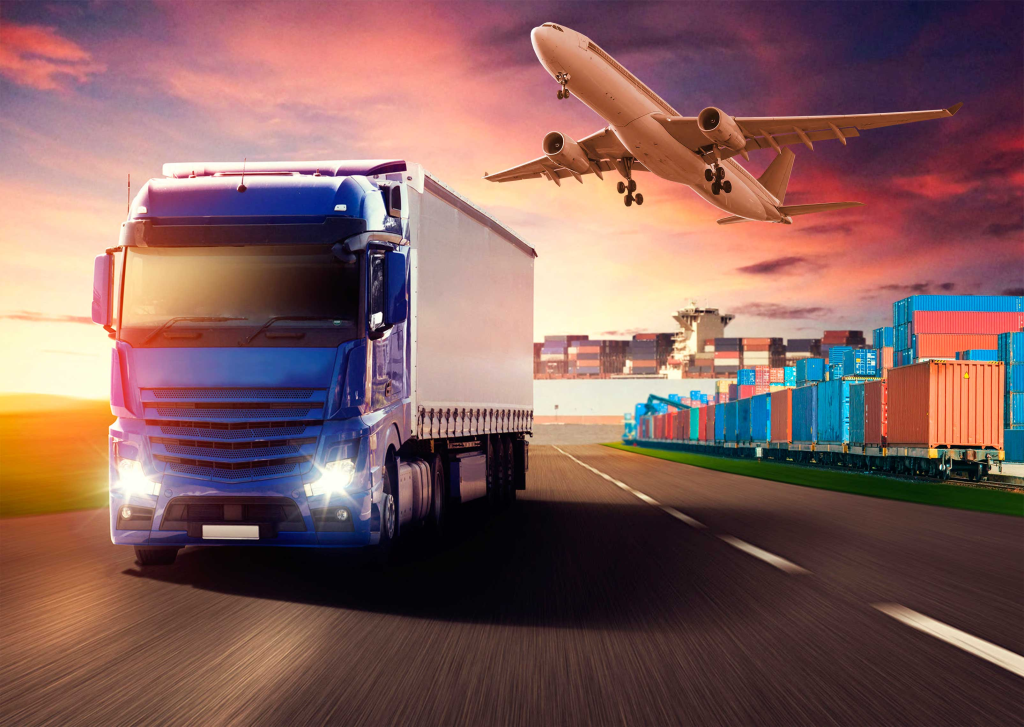Today’s global supply chain is focused on efficiency and connectivity. With the exponential growth of international trade, more logistics hubs around the world are necessary. Inland container depots, which are facilities (sometimes called intermodal terminals) that are part of seaports, are one type of logistics hub. They help to streamline the functions of handling, storing, and moving goods in and across borders while offering project logistics, air freight services, and road freight services.
What Is an Inland Container Depot?
An inland container depot (ICD) is essentially a dry port located away from coastal areas but connected to seaports by rail or road. It provides shipping companies, project logistics, and importers/exporters with facilities similar to a port terminal. Instead of transporting goods directly to the port, containers can be processed at the depot, reducing congestion at major ports and improving efficiency.
Core Functions of Inland Container Depots
Customs Clearances and Documents
The inland container depot has one primary function for trade, and that is to complete customs processes. Importers and exporters can complete aspects of clearance and documentation while at an inland container depot, unlike the wait experienced at congested seaports. This expedites trade and oversees smooth operations.
Container Storage and Handling
Depots have storage for full and empty containers. Modern depots have cranes, forklifts, and container yards for large-scale cargo handling and thus there is always a flow of goods throughout the supply chain.
Intermodal Connectivity
One key benefit to an inland container depot is intermodal connectivity. Inland container depots are strategically located to respond to road freight services, rail transport, and in some cases, even some air cargo services. So, these inland container depots are vital nodes in integrated supply chain management.
Benefits of Inland Container Depots
Cost Reductions
By using an inland container depot, you will be able to achieve a cost reduction in your transportation spending, particularly for companies that are a long distance from a seaport. Higher-valued materials can be cleared closer to the industrial area, which saves both money and time.
Assisting Project Logistics
Many large industrial projects will require special handling for oversized or heavy cargo. Inland depots will be crucial in these project logistics by offering more storage, handling equipment, and access to roads or rails, to get this commodity moved on the road or rail efficiently.
Inland Container Depots and Modern Supply Chains
Linking to Air Cargo Services
Global trade revolves around speed – air freight and air cargo services are key in helping deliver time-sensitive goods. Inland depots are transit points where cargo can be moved from containerized transport modes to air freight depots. The connection supports time-sensitive industries: pharmaceuticals, electronics, and many new e-commerce businesses.
More Efficient Road Freight Services
Most inland depots are strategically positioned next to major highway connections, so road freight services can be facilitated. Trucks can pick up or drop down containers straight off at the depot. On the return journey with the container, the truck can be back on the highway soon after its journey begins, saving time hauling the shipment without impacting the delivery time; the container gets to its final destination without delays.

Technology in Inland Container Depots
Modern depots are adopting digital improvements to better their operations. Automated container tracking, powered by electronic data interchange (EDI), and smart yard management systems allow for real-time updates and visibility. This technological evolution is also helping support project logistics and road freight services through transparency in cargo movements.
The advancements have also eased the burden associated with customs documentation, which now leverages blockchain technology to reduce paperwork, while constricted AI forecasting can greatly improve depot capacity planning. Integration with air cargo services also allows for quicker decision making to expedite urgent shipments.
Challenges Faced by Inland Container Depots
Although inland depots bring a multitude of benefits, they also come with certain disadvantages:
- Infrastructure Challenges: Some areas lack road and rail infrastructure and if we are to optimize the efficiencies of any given depot it will need the right connections.
- Operational Expenses: Managing large yards, equipment, and customs personnel can be costly.
- Regulatory issues: Inconsistent customs or official trade procedures or policies can run the risk of causing delays.
However, although it can be determined, there is a growing demand of the ability to connect into global trade; the demand for the service at an inland container depot far outweigh the challenges.
The Future of Inland Container Depots
With the continued growth of e-commerce and the development of international supply chains, inland depots will continue to grow. Governments and private investors will focus on more depots developed near industrial centres which will enhance road freight services and better create linkages to air cargo services..
Sustainability as well will also shape inland depots of the future. Energy efficient equipment, sustainable transport, and green warehousing have become important aspects of project logistics.
Conclusion
An inland container depot is more than a storage site; it is an integral link in the logistics chain between seaports and inland areas. By providing support to road freight services, establishing links with air cargo services, and developing project logistics solutions, inland container depots provide efficient and reliable supply chain solutions.
Inland container depots are a vital part of the trade ecosystem for businesses aim to maximise cargo handling, customs clearance, and multimodal logistics. At TTC Shipping, we
specialize in providing comprehensive logistics solutions that integrate inland depots with global shipping networks, ensuring smooth and timely delivery for every client.
[:]
![[:en]TTC Shipping[:]](https://ttcshipping.com/wp-content/uploads/2025/06/cropped-WhatsApp_Image_2025-04-26_at_01.44.21_42fb00b5-removebg-preview-e1747659524709-278x300-1-1.png)
![[:en]TTC Shipping[:]](https://ttcshipping.com/wp-content/themes/bexpres/assets/img/logo-dark.png)